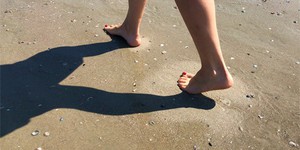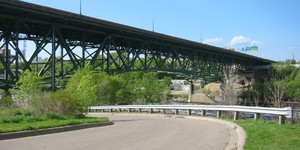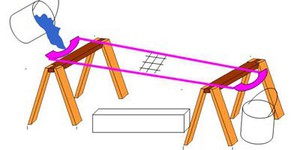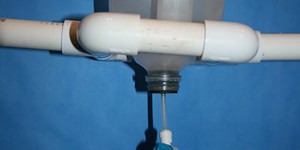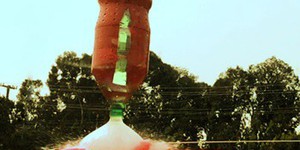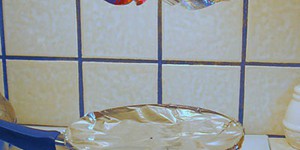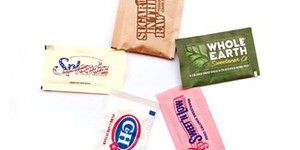Others Like “What is the Maximum Intermediate Height for a Siphon?” (top 20 results)
|
Did you ever notice the cool patterns around your footprints when you take a walk in the wet sand at the beach? The pressure of your feet has effects far outside your footprints. Here's a project that uses a simple experimental apparatus to investigate how the volume of wet sand changes under pressure.
Read more
A bridge collapse, like that of the I-35W Mississippi River Bridge, can be a major disaster. Bridges that cannot hold enough weight to do their intended job can be a serious public safety issue. And if they collapse, they can also cause economic damage due to costly rebuilding and people and companies scrambling to figure out how to circumvent the months of traffic impacts.
Figure 1.
On August 1, 2007 the I-35W Mississippi River Bridge collapsed killing 13…
Read more
Did you know that there is plastic in the ocean? It probably isn't too hard to imagine that some of the plastic that litters roadways, sidewalks, and parks finds its way into the ocean. So, how much do you think is in there? Hundreds of pounds of plastic? How about thousands of pounds? No one knows for sure, but estimates, based on scientific surveys, suggest the amount is in the range of millions of pounds of plastic! Of course, the ocean is big, over 300 million square kilometers, so…
Read more
"What?! Many of my toys are also machines?" That's right—simple machines! Simple machines are everywhere! Under your feet when you climb stairs, in your hand when you use a utensil to eat your dinner, even in your arm when you throw a ball. Come visit this science fair project and explore the six types of simple machines. Find out how many are hiding under the hinged lid (yes, another simple machine) of your toy box!
Read more
This is a modern version of a classic experiment by Jacques Charles on the volume of a gas at different temperatures. Charles discovered the relationship between volume and temperature of gases that now bears his name. This project shows you a simple method for re-creating this famous experiment.
Read more
Water is an interesting thing. We drink it, swim in it, and wash ourselves with it. We can get energy from
water by damming it and sending it through a turbine. But did you know that we can use the natural electrical
charges present in water and a Kelvin electrostatic generator to create sparks? You can even use a
Kelvin electrostatic generator to temporarily light a bulb! Now that is one bright idea!
Read more
Rocket design and operation is a fascinating field and analyzing the flight path provides insight into the rocket's performance. In this project, you will take measurements of the flight path to evaluate how a change in the rocket design or launch procedure impacts the rocket's performance.
Initially, while the bottle rocket expels water (or the rocket expels exhaust), the rocket gets a boost. This push is referred to as thrust and projects the rocket forward. Earth's gravity pulls the…
Read more
Is an I-beam as strong as a solid beam of the same size? What if you include weight in the comparison: which beam has the greater strength-to-weight ratio? Would an I-beam be stronger than a solid rectangular beam of the same weight? What about other structural shapes (e.g., T-beams, U-beams)? In this project you can find out by setting up a test stand, putting on your safety goggles and measuring how much stress these building components can handle before they snap.
Read more
You might know that we are able to get renewable energy from the Sun, the wind, and water, but did you know we can get renewable energy from Earth itself? The temperature inside of Earth can reach 9,000°F—that kind of heat can be used to make a lot of energy here on the surface! This source of energy is called geothermal energy and it is all about taking advantage of the heat within Earth. So try this science fair project out and find out how to use the heat that lies beneath your…
Read more
There is nothing quite like the smell of fresh-baked bread to make your mouth water! As any baker can tell you, you cannot bake bread without yeast. Yeast actually eat sugar so that they can reproduce and make more yeast, and make bread dough rise. But can they use sugar substitutes to do this? In this science project you will get to investigate how well yeast grow with sugar substitutes as a food source. Pass the butter, please!
Read more
|
Explore Our Science Videos
Create a Painting With Genetically Modified Bacteria
Introduction to Paper Chromatography | Theory and Practice
Reaction Rates: When Surface Area Matters! Lesson Plan Introduction


